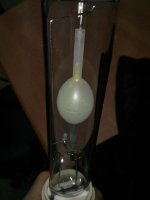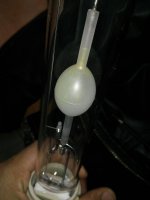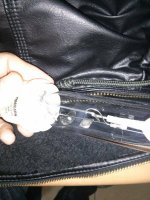You have any idea on specs for cab size for 3 of these in a single row? I think rives said they have a 3x3 footprint, so I was planning a 3x9 cab, but not sure how tall I should make it. I know Ideally they should go above the cab with holes cut in the top.
Also, I have a 1 k perpetual flowering room going now and was planning on bringing those plants right into this new cab. Height on my girls range from 2-3 feet.
Hoping the change in lighting from hps to cdm will only benefit those already well into flower.
Also, I have a 1 k perpetual flowering room going now and was planning on bringing those plants right into this new cab. Height on my girls range from 2-3 feet.
Hoping the change in lighting from hps to cdm will only benefit those already well into flower.






